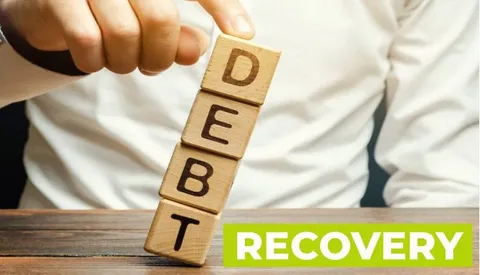Managing unpaid debts within a body corporate can be a challenging and delicate process. When owners or tenants fail to pay their levies or fees, the body corporate must take appropriate steps to recover the debt to maintain the community’s financial health. Understanding the Step-by-Step Process for Body Corporate Debt Recovery and Enforcement is essential for committee members, managers, and stakeholders involved in body corporate administration.
Understanding Body Corporate Debt
Before diving into the recovery process, it’s important to recognize what constitutes body corporate debt. This typically includes unpaid levies, fines, or special contributions that owners are required to pay for the maintenance and management of common property. When these debts are not settled promptly, they can impact the entire community’s budget and services.
Step 1: Issuing a Formal Demand Notice
The first step in the Step-by-Step Process for Body Corporate Debt Recovery and Enforcement is to formally notify the debtor of their outstanding amount. This usually involves sending a written demand or reminder notice, clearly outlining the amount owed, the due date, and any consequences of non-payment. This step often encourages timely payment without escalating the matter further.
Step 2: Negotiation and Payment Plans
If the debtor does not respond to the initial notice, the body corporate should consider reaching out to negotiate a payment plan. Many times, debtors may face temporary financial difficulties and may be willing to settle the debt through installments. Open communication at this stage can prevent costly legal action and maintain good community relations.
Step 3: Initiating Legal Action
When informal recovery attempts fail, the body corporate can move to formal enforcement. This involves engaging legal professionals to issue a formal demand or proceed with filing a claim in the appropriate tribunal or court. The Step-by-Step Process for Body Corporate Debt Recovery and Enforcement ensures that all legal protocols are followed to avoid procedural errors.
Step 4: Enforcement of Judgment
Once the court or tribunal issues a judgment in favor of the body corporate, enforcement mechanisms come into play. These can include garnishing wages, placing a lien on the property, or seizing assets to satisfy the debt. Enforcement is often the final stage in the recovery process and must be conducted carefully to comply with legal requirements.
Step 5: Record Keeping and Reporting
Throughout the entire Step-by-Step Process for Body Corporate Debt Recovery and Enforcement, it is vital to maintain accurate records of all communications, notices, legal actions, and payments. Transparent reporting to the body corporate committee and members helps ensure accountability and informed decision-making.
Conclusion
The Step-by-Step Process for Body Corporate Debt Recovery and Enforcement is designed to provide a clear and legally compliant pathway to recover unpaid debts while balancing the interests of all parties involved. By following these steps diligently, body corporates can safeguard their financial stability and foster a cooperative community environment.

